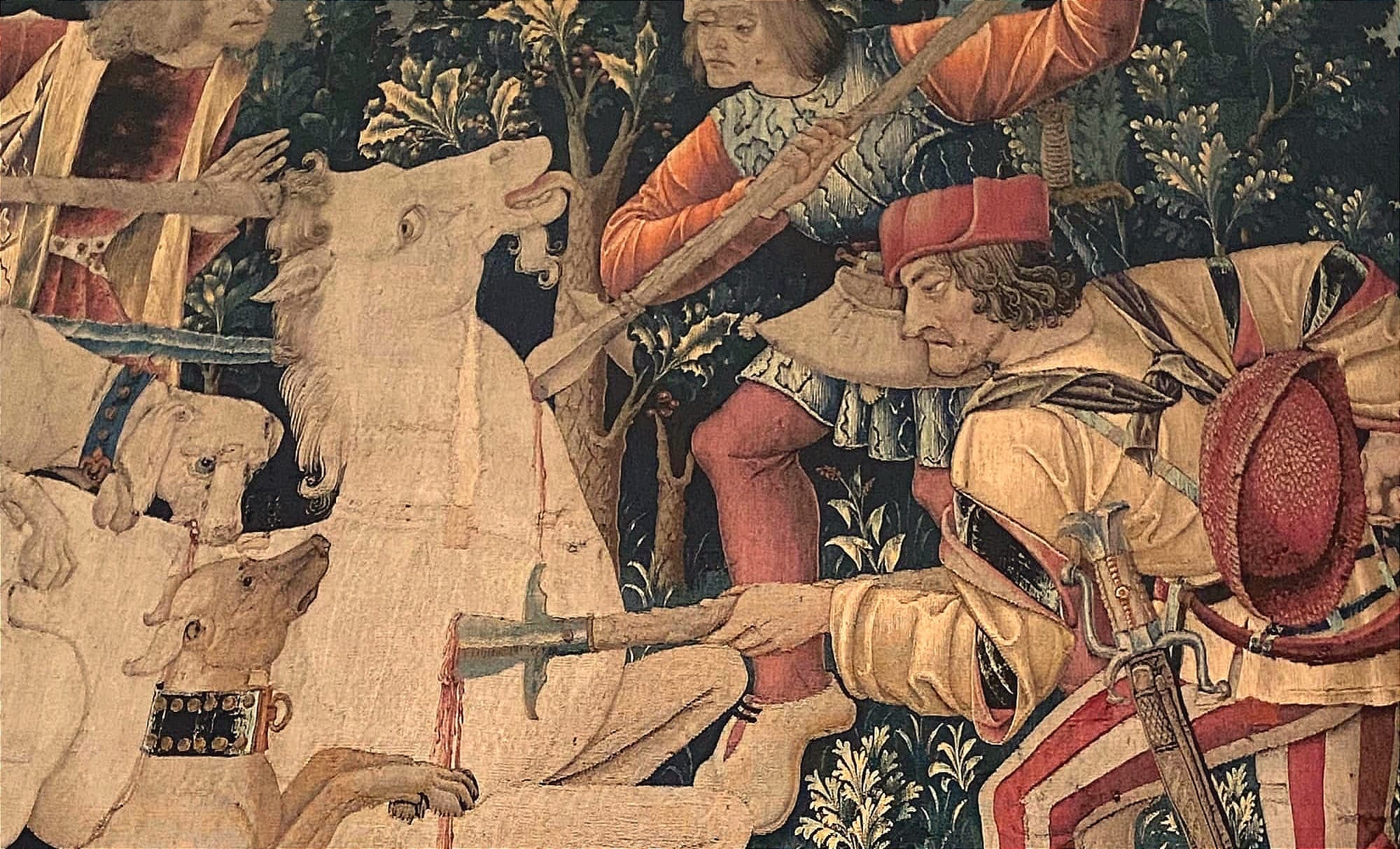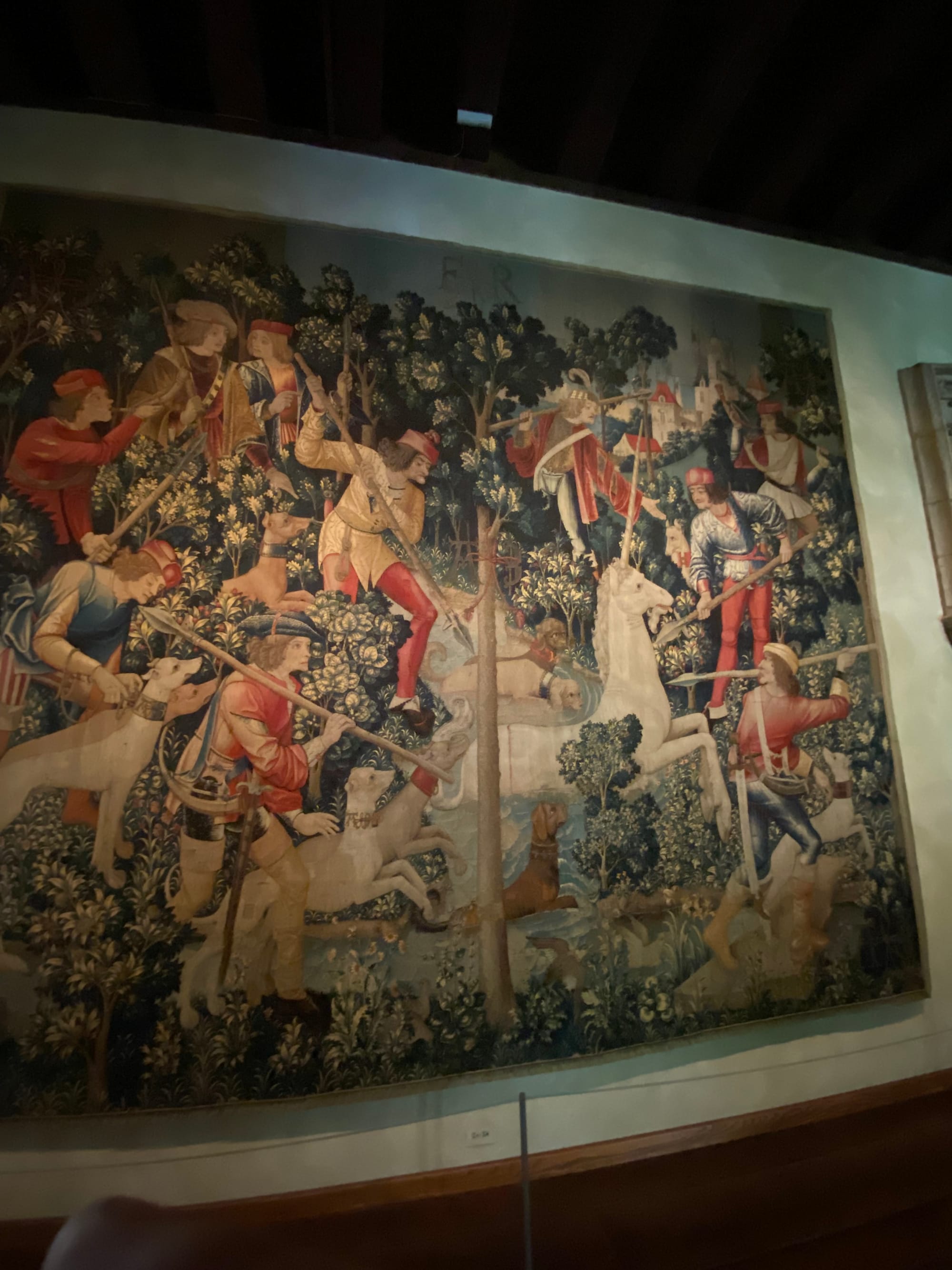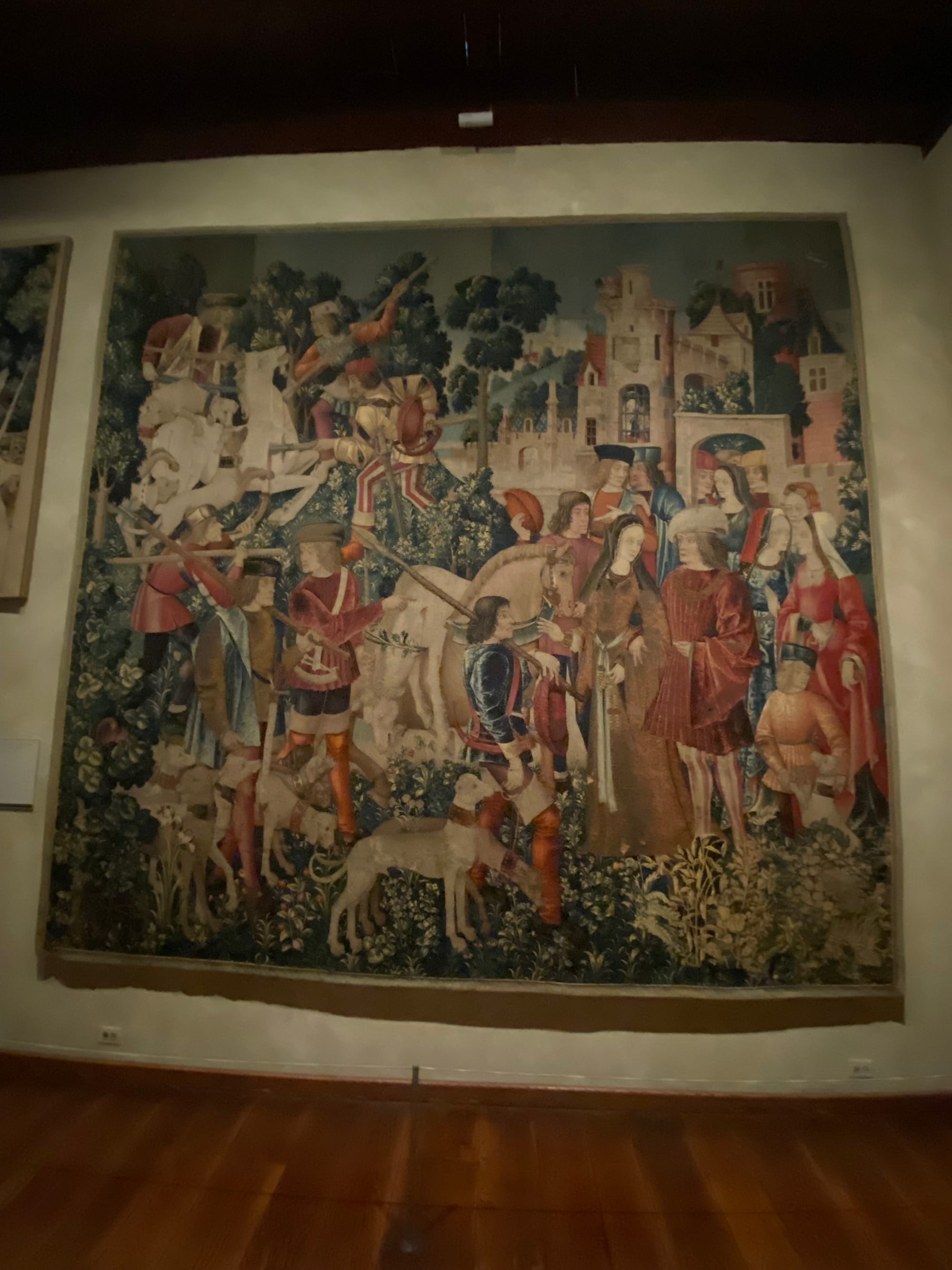Low-Impact Guiding

What is a guide?
A guide leads people through territory. Physical. Intellectual. Emotional. Spiritual.
A guide is a
2nd grade teacher,
a harbor pilot,
a backcountry guide,
a museum docent,
a friend showing you around their city,
a math tutor,
a mom showing her kid how to wash the dishes,
or a thousand other things.
Most of us have the opportunity to guide in one form or another, because there's always territory we know better than other people.
AS a guide, you don't have to know everything, you just have to know more than the people you're leading. But you also have a responsibility to provide a great experience to your guests, respect the ecology of the territory you visit, and also manage your own ethics and well-being.
I think this is under-represented in the training of guides, and I've been thinking about it a lot as I lead groups around Manhattan and Brooklyn, but also in my own wandering with friends and alone.
G.U.I.D.E lays out the 5 skills that every guide should be consistently improving:
- Goodness
- Utilization
- Information Management
- Domain Information
- Eloquence
I'll be back to this in future posts, but for now, I want to focus on the most basic component of Goodness, which is having respect for the people and environment you're traveling through.
And that means practicing Low-Impact Guiding.
If you don't have enough care for what happens to the locals, then I really don't think you should travel to those places, and every good guide should do their best to show their guests the reality of the people you encounter.
Pay Attention to the Locals
Do as they do, even when you know they're being ridiculous. Don't let people take advantage of you, but do try and capture the local customs and practices as best you can. If you assume that you know better, than you're probably missing out on some important local context and you're probably acting like a jerk. There's a learning curve on this of course, but any guide into any territory should always be learning the local rules and passing them on to their guests.
Clean Up After Yourself
In some circles in Alaska, where I grew up, we're taught to always leave the campsite cleaner than we found it.
Visitors are Not More Important Than Locals
Imagine a group of people standing in front of your house taking pictures. Maybe they block your door or your driveway. How does it make you feel? This should be your first feeling wherever you go. If you're ignorant of how your actions and decisions are affecting the locals, then I think you should question whether you're a net positive for that community.
This means lots of things specifically in the context of New York City, but two that really stand out are do not let your group obstruct the sidewalk and have your order ready when you get to the front of a line.
There's nowhere this isn't true, but living here is hard and if you're making New Yorkers spend time or energy they don't have to, you're being an asshole.
Check out Cannibal Tours for more.
Raise People Up
People work hard and most people deserve a lot more credit than they get. Take your chances to compliment people on things they're doing well, and always have an ear for someone who wants to tell you something. Even if they're just asking you for money, hear them out.
Be as Honest as Possible
There will always be things that the guide shouldn't say to their guests. A good guide cues in to the emotional and intellectual intelligence of guests and locals, and offers as much truth as they can handle. You're never going to get this perfect, but trying is an important part of Low-Impact Guiding, because it strives to create the most true understanding of reality possible.
Fly Under the Radar
Guided experiences are commercial activities. They run the risk of becoming commoditized experiences, which can kill the vibe of a real place. As a guide, don't rock branding, don't carry a flag, don't talk into a loudspeaker or earpiece, and be respectful of how you stop and move your group.
These things separate you from the community you're visiting, and make everybody feel awkward. You're not going to completely fit in, but you should do everything you can to minimize it.
Train Your Guests
Most visitors are not going to clock these things right away on their own. You can train your guests to participate in Low-Impact Guiding by good-naturedly pointing out the rules, and the consequences, and by devising little games for them to play that drive home these principles.
Be an Agent, Not a Gatekeeper
You are there to connect people to the environment, not protect them from it. Encourage interaction between guests and locals, understanding of local situations and systems, and overall be as inclusive as possible. There will be moments when you won't, or can't, but the general attitude of Low-Impact Guiding is always to try and open doors and invite people in.
What do you think? Did I miss something? Is this too much to expect? I'd love to hear your thoughts on this in the comments below!
Morgan Oxley





The images in this post are an incomplete set of The Unicorn Tapestries, a series of 7 tapestries woven 1500 ce. Likely designed in France and woven in Brussels with wool, metallic threads, and silk from China, they depict a group of hunters going out into the forest and killing a unicorn.
Around this time, the Age of Discovery had already been underway for 80 years, and Europeans must have felt they were conquering the unknown and even nature itself. These tapestries could be read as the puffed-up story of scared little minds, imagining they'll bring the mysteries of earth to heel.
But fragments suggest that the unicorn was conquered not by spears, but by a woman, who brought the wildness under control. Hard not to see the unicorn as a sign of male virility but also something uncontrollable and unknown. Ultimately, to me, it tells the propaganda story of the elites, who always imagine themselves to have a civilizing effect when below decks they are fostering barbarism.
Many men (and some women) in those days did literally sail off the edges of the known world, taking considerable courage and faith in a big ROI, but these unicorn-killers were not amongst them. The tapestries now hang in The Met Cloisters, in a building purpose-built by John D. Rockefeller, Jr. to house Medieval European treasures. Note the mysterious AE woven into each tapestry. And wherever you go, be mindful of the purpose of your visit and its impact on the locals.
